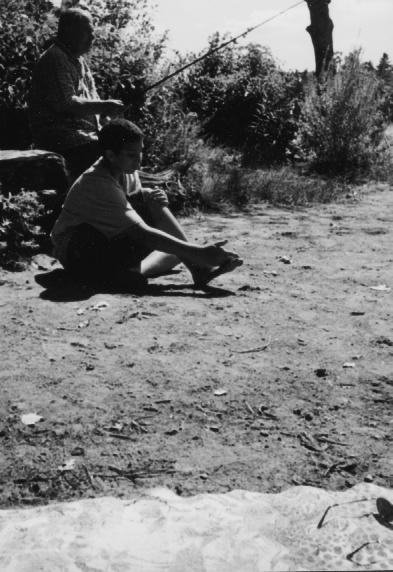
Social Learning
- by Mandy Lubas
A phenomenon called "observational learning" or modeling is described as teaching a client to imitate a desired way to perform a skill. The model teaches the components of the skill while the client watches the model perform the activity, enabling the client to imitate the behavior. This form of modeling therapy was introduced by Albert Bandura, a behaviorist and researcher. Modeling is based on the social learning theory in which the learner is an active contributor to his or her learning. Attention, retention, reproduction, and motivation are cognitive factors that play a role in how an individual learns observed behavior. To learn, one needs to be able to pay attention. A client who may be sleepy, groggy, drugged, or nervous (hyperactive) are factors that may interfere with attention. A model can increase a client’s attention by using visual or verbal cues, demonstration, appearing competent, showing empathy, and making an activity interesting. A client must be able to retain what he or she paid attention to. Imagery and language are components that a client uses in order to perform a modeled behavior. Reproduction is the output process in which a client translates the images or descriptions into actual behaviors. Lastly, a client is motivated to perform if he or she has some reason for doing it.
Information is received through the five senses (auditory, gustatory, olfactory, tactile, and visual). Feedback is either external (punishment or reward) or internal (motivation and having proper skills).
Social learning theory is based on a function and dysfunction continuum. Function, in cognitive rehabilitation refers to information processing skills, and a client’s flexible use across task boundaries which is facilitated by modeling behavior within the client's community or home environment. Brain functioning is measured by the outward behaviors resulting from orientation, attention, visual processing, motor planning, and cognition (memory, organization, and problem-solving). Dysfunction is characterized by limitations in the brain’s ability to process information efficiently. Unawareness of one’s own deficits prevents one from learning from mistakes or a model inhibiting an individual to use feedback to modify behavior.
Following the guidelines of learning theory, the basic strategy for change is reinforcement. In behavior modification, behavior may be controlled and shaped by the model using external reinforcement. The type of reinforcement will vary from client to client. Types of reinforcement are past, promised (incentives), and vicarious (seeing and recalling the model being reinforce). Some clients do not have the internal motivation to learn new skills. For these clients an external reward is most appropriate.
Social learning has been useful in programs and therapies designed to effect changes in behavior. Successes provide rewards for competent behavior. As a result of an individual having a cognitive disorder, a model may have to adapt and modify the environment to safely allow an individual to function as independently as possible in their natural environment.

Revised: Thursday, June 06, 2002